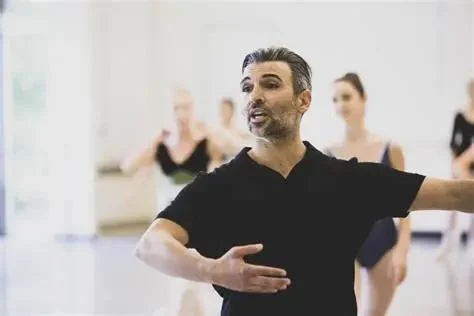
- understanding-the-importance-of-dance-education
- building-a-structured-school-dance-program
- engaging-students-through-creative-approaches
- overcoming-common-challenges-in-teaching-dance
- how-professional-resources-empower-dance-teaching
1. Understanding the Importance of Dance Education
Learning how to teach dance in schools goes beyond choreography—it's about fostering creativity, discipline, and physical well-being in students. Dance is a universal language that promotes cultural awareness, teamwork, and self-expression. Integrating dance into a school’s curriculum builds not only motor skills but also confidence, especially for students who may struggle in more traditional academic settings.
Numerous educators report that dance enhances focus, body coordination, and classroom cooperation. In fact, schools that incorporate performing arts consistently see improvements in student engagement.
2. Building a Structured School Dance Program
2.1 Align with Educational Standards
To start, dance instruction should align with existing physical education or arts standards. Developing a well-rounded curriculum means covering fundamentals like rhythm, body awareness, musicality, and technique. It's also critical to include historical and cultural elements of dance—introducing genres from hip-hop and jazz to ballet and traditional folk styles.
2.2 Age-Appropriate Progression
Younger children benefit most from movement games, basic coordination, and musical play. As students grow, lessons can introduce more technical training and structured routines. High school students may even explore choreography, performance critique, and stage production.
2.3 Assessment and Feedback
Evaluating dance is nuanced. Teachers should offer assessments based on effort, creativity, collaboration, and improvement rather than perfect technique alone. This inclusive approach encourages students of all abilities.
3. Engaging Students Through Creative Approaches
3.1 Storytelling Through Movement
One of the most powerful ways to connect students to dance is through storytelling. Choreographing pieces based on themes—like emotions, seasons, or famous literature—makes dance feel relevant. For example, one middle school in New York incorporated a civil rights unit into their dance class with powerful results.
3.2 Using Technology to Enhance Lessons
Interactive tools like dance tutorials, motion capture feedback, and even basic video recording help students reflect on their progress. In hybrid learning environments, pre-recorded routines and live Zoom dance-offs have kept students moving and engaged even during school closures.
3.3 Celebrating with Performance
Public performances boost morale and give students a tangible goal. From casual in-school showcases to spring recitals, these events are key milestones. Some schools partner with local dance academies to stage collaborative shows—one such example being a Chicago elementary school that co-hosted its annual production with instructors from American Dance Academy.
4. Overcoming Common Challenges in Teaching Dance
4.1 Space and Budget Limitations
Not every school has a dance studio or funding for professional instructors. But creative use of gymnasiums, multipurpose rooms, and even outdoor areas can work wonders. Schools can also tap into grants or partner with local arts organizations.
4.2 Addressing Self-Consciousness in Students
Many students may feel awkward or shy about dancing. Establishing a judgment-free atmosphere is critical. Group-based routines, team-building warm-ups, and frequent encouragement reduce anxiety. Letting students co-create routines empowers them and increases buy-in.
5. How Professional Resources Empower Dance Teaching
5.1 Training and Ongoing Development
Teaching dance effectively requires training—even for certified educators. Workshops, certification programs, and mentorship opportunities allow teachers to stay updated on best practices and safety standards.
5.2 Partnering With Experts
One effective solution is to partner with professional dance institutions. For instance, American Dance Academy offers training modules, certified instructors for workshops, and teaching materials tailored to school environments. These resources provide structure, confidence, and real-world expertise to any educator seeking to build or improve their dance program.
With the right strategies, mindset, and support, teaching dance in schools becomes more than a class—it becomes a channel for growth, inclusion, and joy.
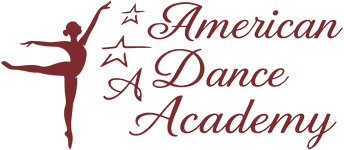
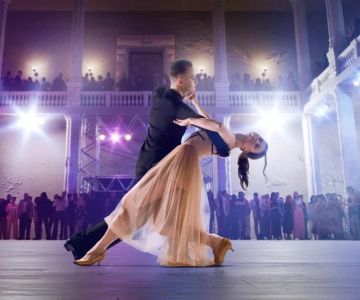
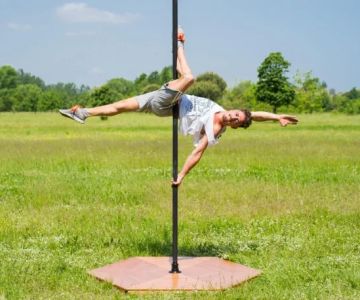
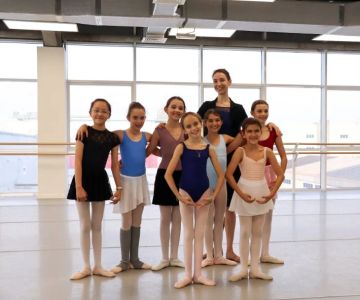
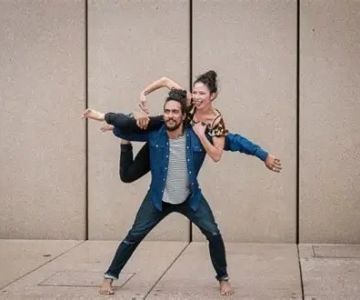

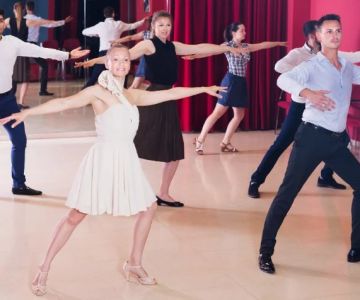
 Barrington Dance Academy5.0 (22 reviews)
Barrington Dance Academy5.0 (22 reviews)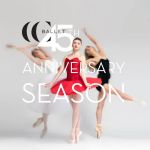 Canyon Concert Ballet4.0 (17 reviews)
Canyon Concert Ballet4.0 (17 reviews) Big City Dance Center LLC4.0 (25 reviews)
Big City Dance Center LLC4.0 (25 reviews)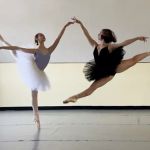 Tye Chua Dance & Kalamazoo Ballet5.0 (18 reviews)
Tye Chua Dance & Kalamazoo Ballet5.0 (18 reviews) Fenton Ballet Theatre4.0 (24 reviews)
Fenton Ballet Theatre4.0 (24 reviews) Front Street Dance Center5.0 (7 reviews)
Front Street Dance Center5.0 (7 reviews)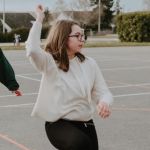 Are There Dances in Middle School? What Students and Parents Should Know
Are There Dances in Middle School? What Students and Parents Should Know How a Dance School in Instagram Builds Community and Success
How a Dance School in Instagram Builds Community and Success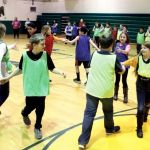 Why Do Schools Teach Square Dancing?
Why Do Schools Teach Square Dancing?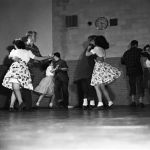 Why Was Square Dancing Taught in School?
Why Was Square Dancing Taught in School? Why Swing Dance Is Popular for Adults
Why Swing Dance Is Popular for Adults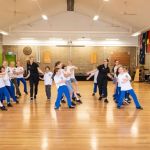 A School Dance: How to Prepare, Shine, and Make It Unforgettable
A School Dance: How to Prepare, Shine, and Make It Unforgettable